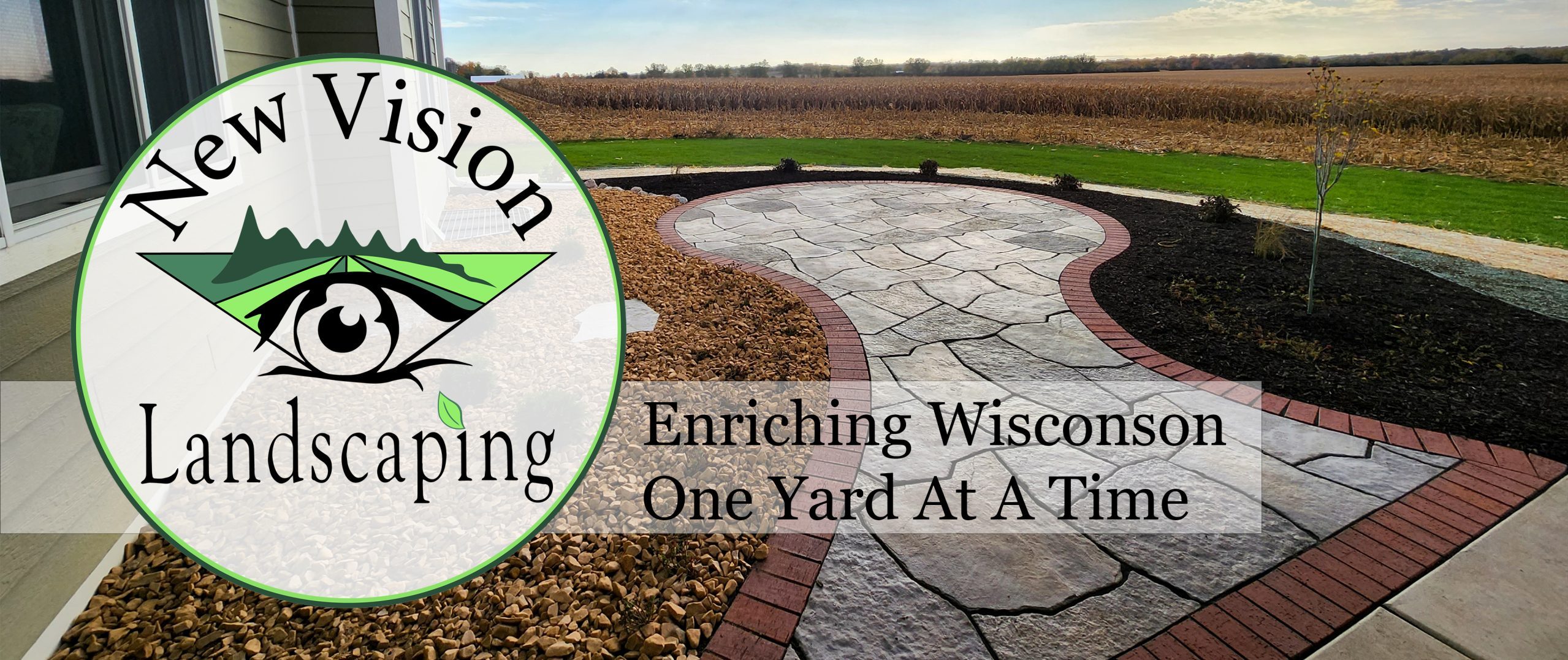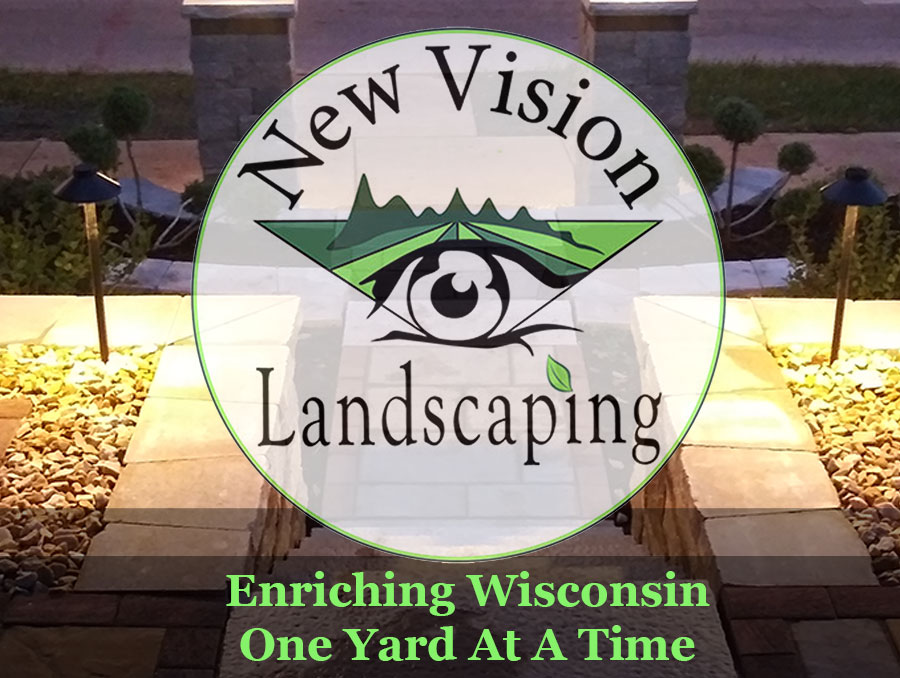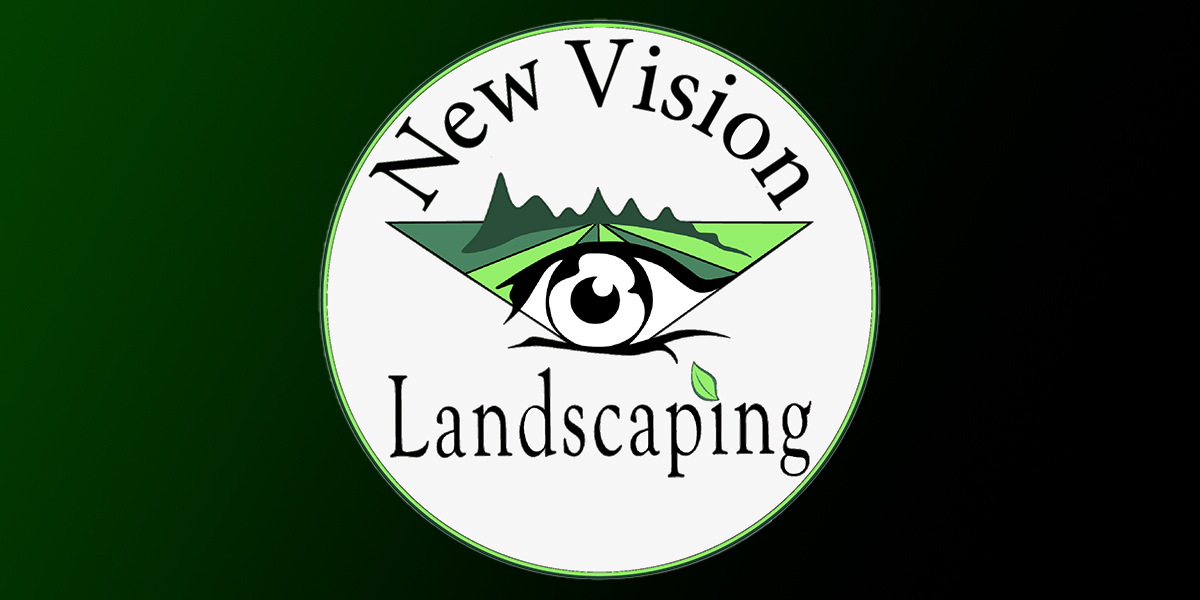Softscape
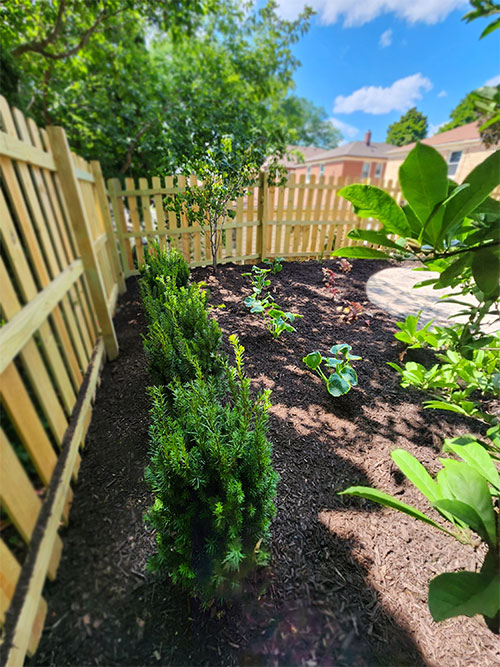
- Plantings (trees, shrubs, and flowers)
- Flower and Garden Bed, Designs and Installs
- Lawn Installs (sod or soil & seed)
- Grading and Drainage Solutions
Plantings:
There is an art to planting annuals, perennials, and trees. Access to the sun, height variations, color schemes, soil conditions and the topography of your yard are all variables that will affect the beauty and longevity of your plants. As professionals, we account for all these factors when choosing your plants and their placement.
Flower and Garden Beds: A garden bed, to a professional landscaper, is like a canvas to a painter. When all the shapes and colors on the canvas work well together, something beautiful is created. For those of you who have the perfect vision of a beautiful garden bed, we have the tools and means to make it reality. For those of you who are uncertain of what’s missing in your garden beds, we have the knowledge and experience to provide you with answers. Whether you enjoy the asymmetries of abstract art or prefer art as symmetrical as the Taj Mahal, we will work closely with you to ensure your “canvas” reflects who you are and what beauty looks like through your eyes.
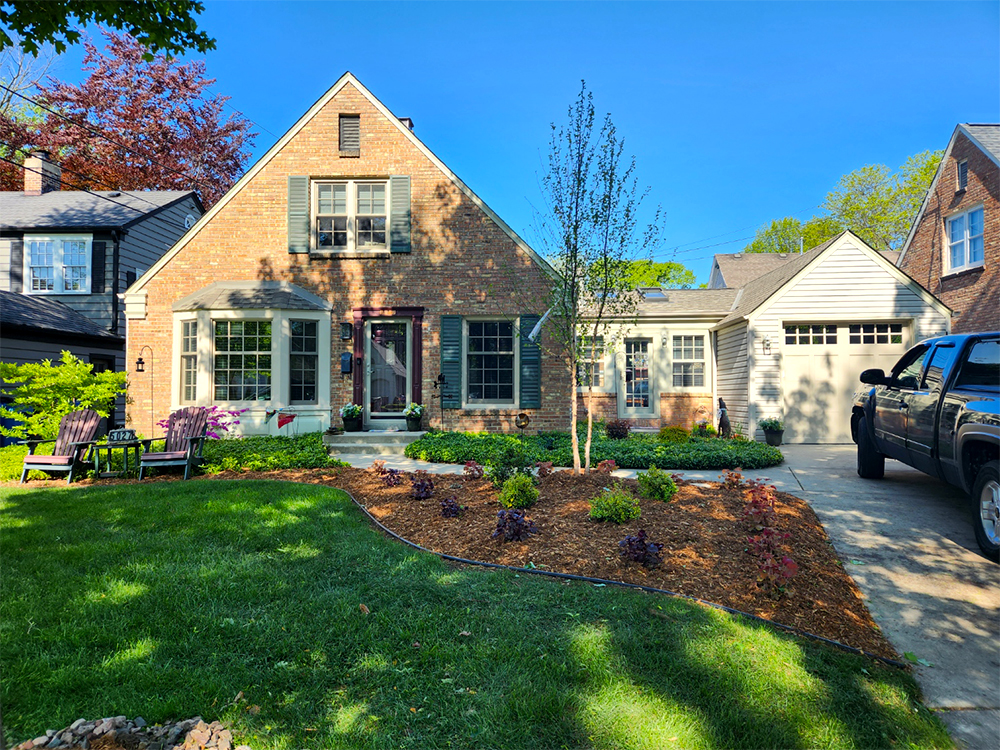
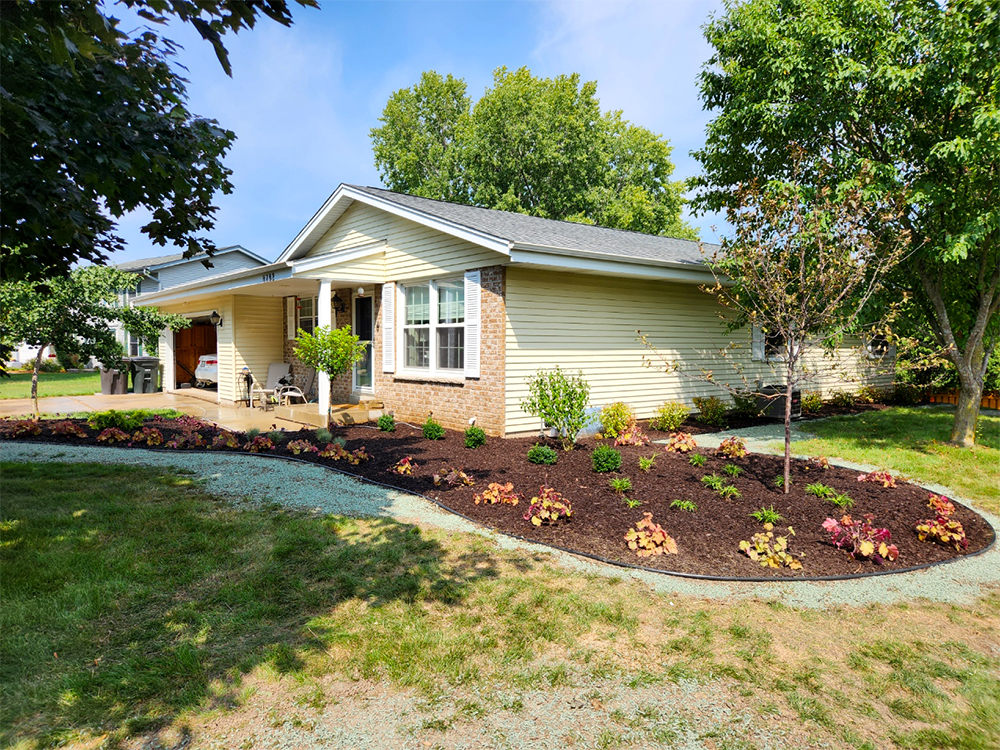
Lawn Installation:
New grass is the easiest way to transform your yard and boost its aesthetic appeal. The only two ways to get new grass is by laying sod or planting seeds. Both methods will provide you with the lush lawn you envision your home having, however, there are a few key differences between them. While the results for sod are immediate, it is more difficult to maintain and comes with a higher cost than seed. Conversely, a yard grown from seed will require less water and cost less than sod yet take 1-2 months before any results can be seen. Each person has a different preference; whether you prefer the immediate results of sod or enjoy the chance to watch your yard sprout up from seeds, we can provide you with the expert service and instruction that you need.
Topsoil & Seed
- Cost Efficient
- Takes Less Water to Establish
- Takes Time to See Results
Sod
- More Expensive
- Requires a lot of Water
- Immediate Impact
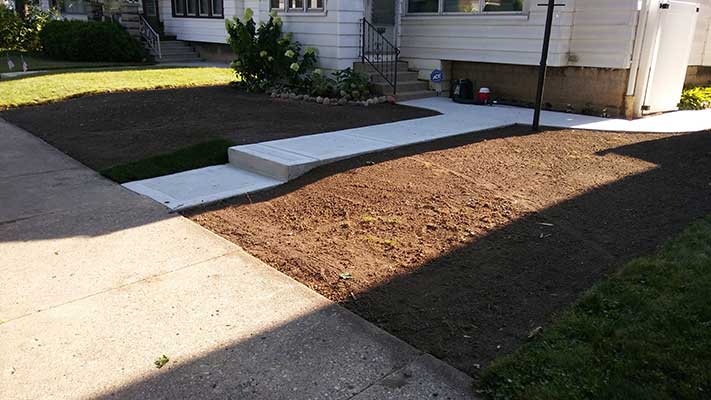
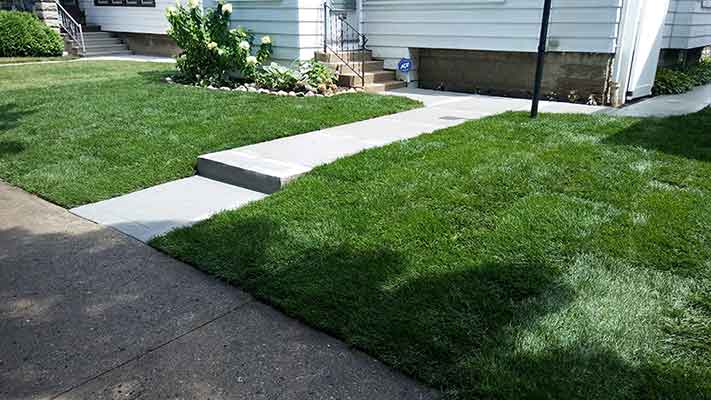
Watering Instructions
Flower Watering | Sod Watering | Soil And Seed Watering | Tree Watering
Grading and Drainage Solutions:
There are a few different kinds of issues people have with water pooling in the wrong places, sometimes it is water from downspouts that pools up next to your foundation, causing fractures and complicated foundation issues that can be expensive to repair. Other times, due to improper grading or yard settling, water will pool in your yard or in an undesired area that may cause muddy spots, dead grass, and structural damage. Regardless of the water-pooling issue you’re having, here are some solutions:
- Buried Down Spout Drainage
- Grade Manipulation
- French Drain Tile System
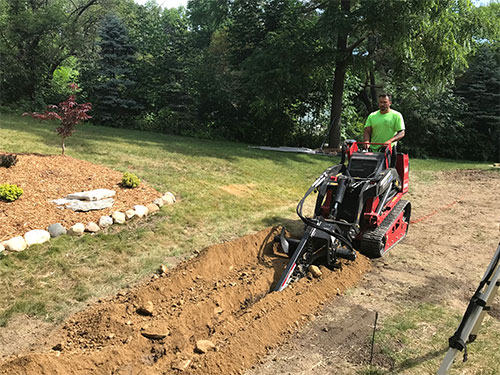
Buried Down Spout Drainage:
During heavy rainfall, a constant stream of water drains out of your downspouts, and usually it is only directed four to five feet away from your building with a simple extension to the downspout. The water coming out ends up causing soil erosion and muddy spots, not to mention the extension can be a pain to mow around. For these reasons, we choose to bury the downspout drainage. In most cases, the downspout is run directly down into the ground where it connects with a four-inch PVC tube. This tube stretches out at least 10 feet away from your building and then resurfaces via a disk-like cover for the tube that rests flat at the surface of the yard, generally called a “pop-up valve”. The water from the downspout now flows down underground, through the tube, and out of the pop-up valve, dispersing slowly and evenly around the area, safely away from your building. This may be the remedy for your downspout-drainage dreariness, but it won’t solve every water-pooling issue. Sometimes these issues are caused by improper grading, which brings us to our next solution.
- Cost efficient but usually more than grading
- Lasts a lifetime
- Underground (don’t have to move when mowing, better aesthetically)
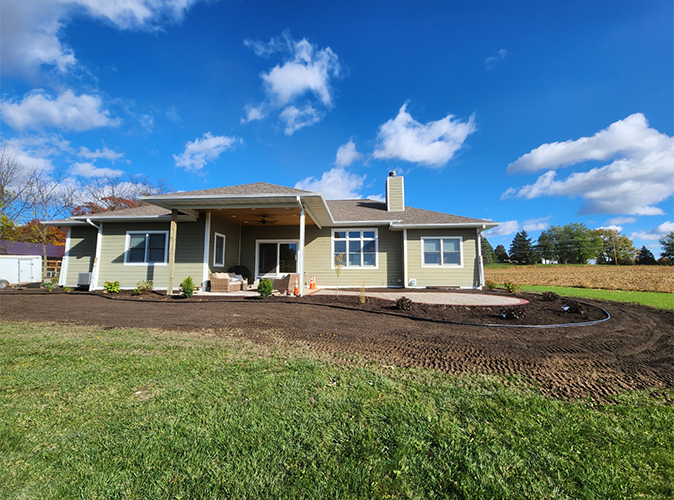
Grade Manipulation:
Over time, every yard develops dips in their grade, whether through soil erosion, settling, or by mechanical means. It is in these dips that rain water will eventually pool, causing damage to the foundation of your building or to your yard. Luckily, soil is not moved with difficulty. When we manipulate the grade of the soil, we create slopes that lead water to desirable locations. Water that pools next to your foundation is easily diverted away by raising the grade of the soil directly surrounding your building. This raising of the grade creates a slope by which gravity moves the water for you, away from the building. Water that pools in the middle of your yard is sometimes diverted away in a similar fashion. Other times excavating is necessary and soil is removed to create a swale: a shallow depression that carries water runoff away from problem areas. Most of the time, the sloping is subtle; this means no significant changes will occur in the layout of your landscape, and because only a transfer of dirt is involved, this solution is typically the cheapest and quickest route to a properly drained yard. Unfortunately, this route is not always available to take. When there is nowhere nearby for a pool of water to be safely diverted, or gravity is working against us, it must be collected and directed to a suitable location.
- Cost efficient
- Natural
- Doesn’t require maintenance
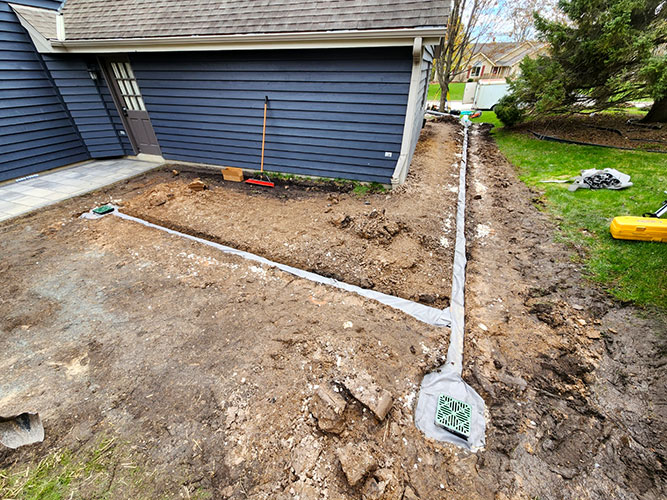
French Drain Tile System:
Why choose to install a French drain tile system?
If your lawn is retaining water in an undesired area leading to difficulty in mowing, unusable yard space, or creating a mosquito haven. A French drain tile system will direct all the pooling water to an underground perforated piping system that will daylight (end of pipe) and gradually disperse to the desired area we choose; away from your building and areas you want to use and enjoy.
We create a trench from the problem area to the desired daylight area. After the trench is cleared out, we lay weed barrier in the trench, followed by drainage stone. We then create the proper pitch, at the very least ¼” every 10 feet, using the drainage stone and laser level. Then the perforated pipe is glued and installed. Drainage stone is poured on top of the pipe, the weed barrier is then wrapped and folded over the stone to limit soil contamination. The end of the pipe (daylight end) can be connected to a pop-up valve, a disk-like cover for the tube that rests flat at the surface of the yard. Sometimes if the terrain is in our favor, we can daylight the end into the side of a hill and let gravity take it from there. In this situation, we suggest placing rocks around the end of the pipe to help slow down the water and to create less of a chance of soil wash out. We then spread soil over the top 3 inches or depending on the plan of the job, apply the material agreed upon over the drainage system.
- More expensive
- Lasts a lifetime
- Underground (can keep yard more level, in most situations)
- Requires some maintenance
Related Links:
